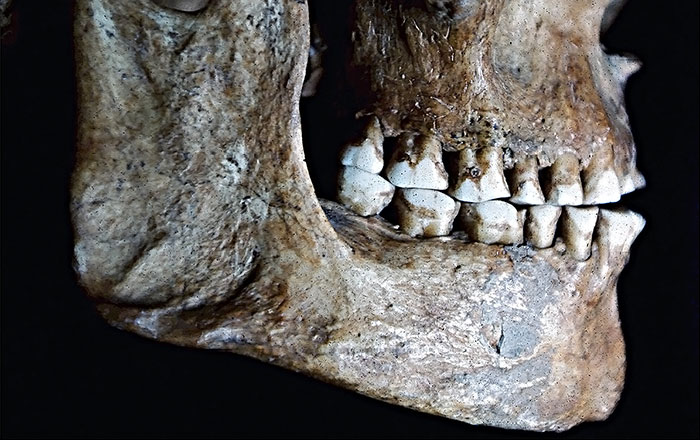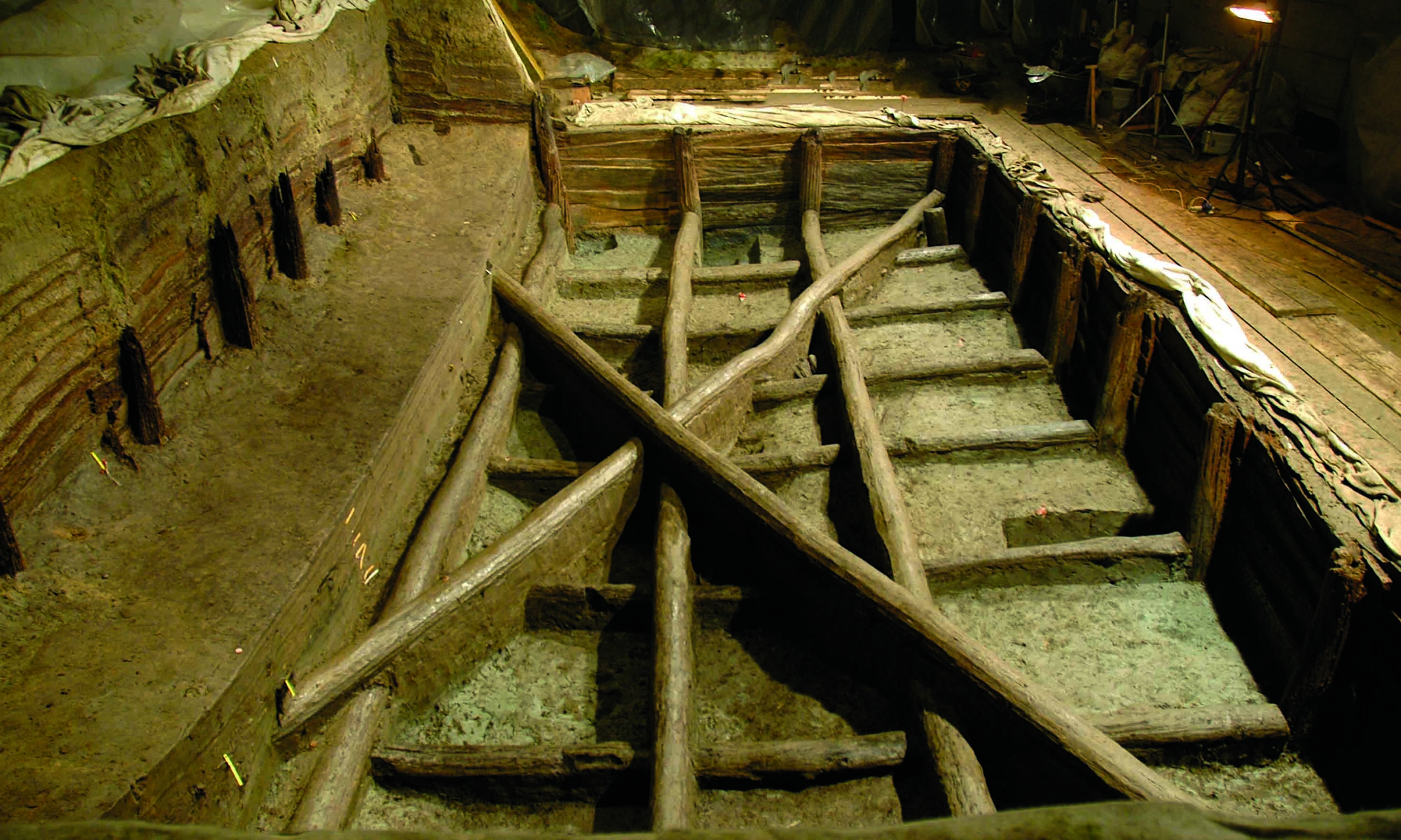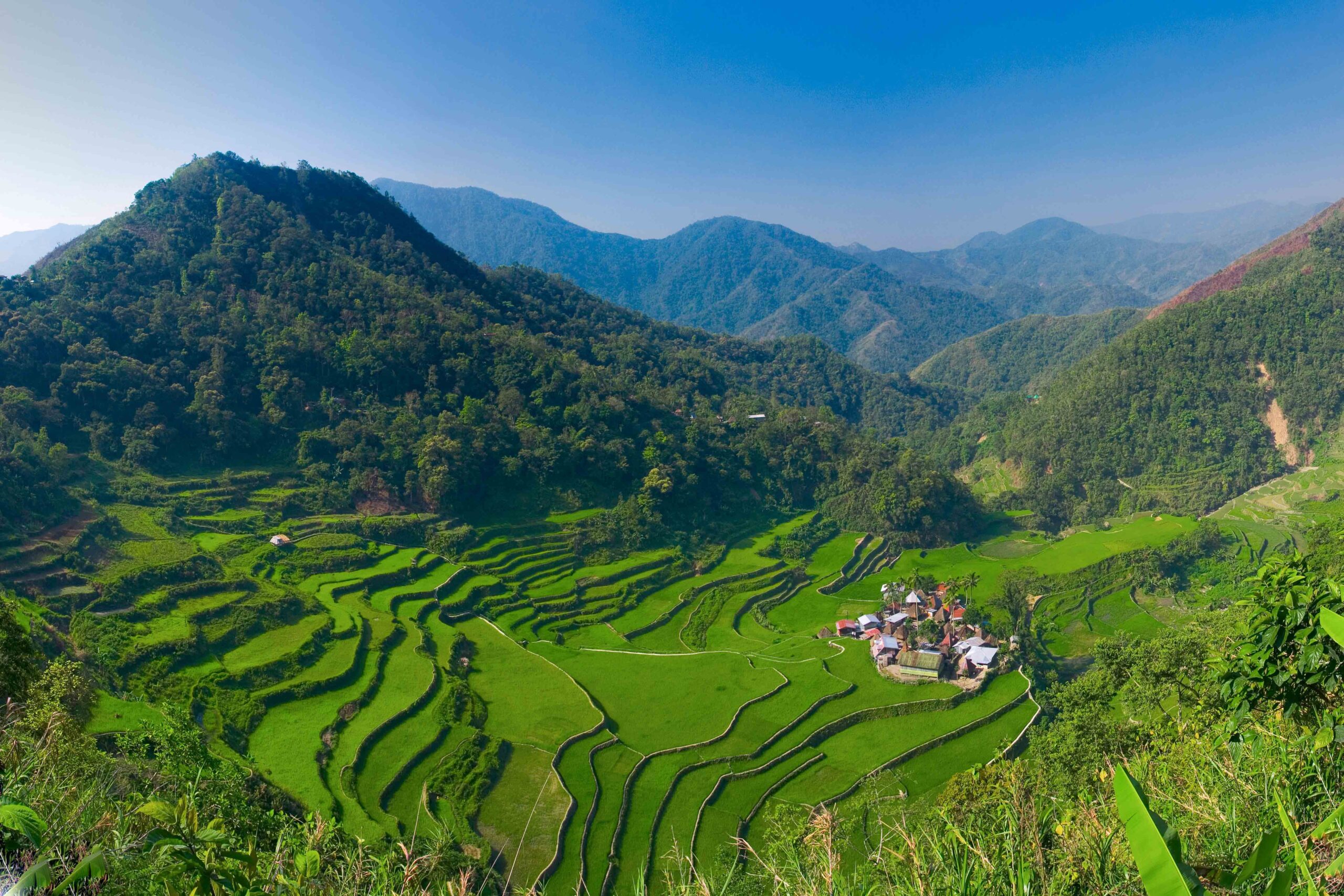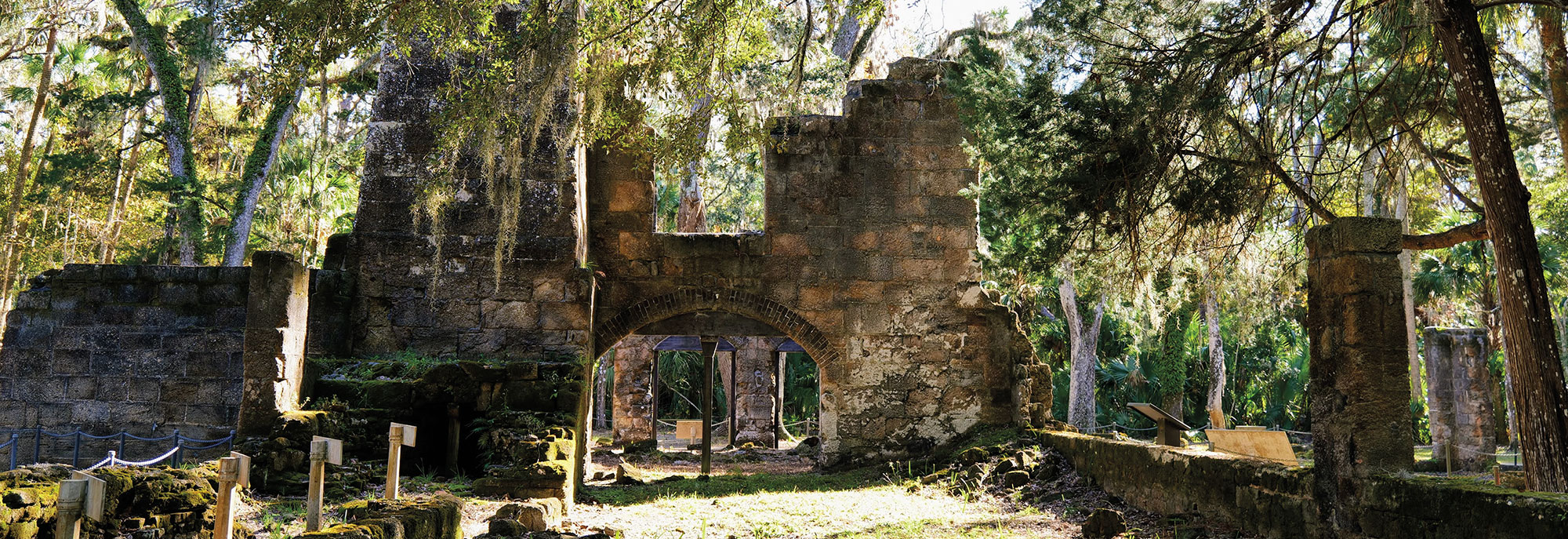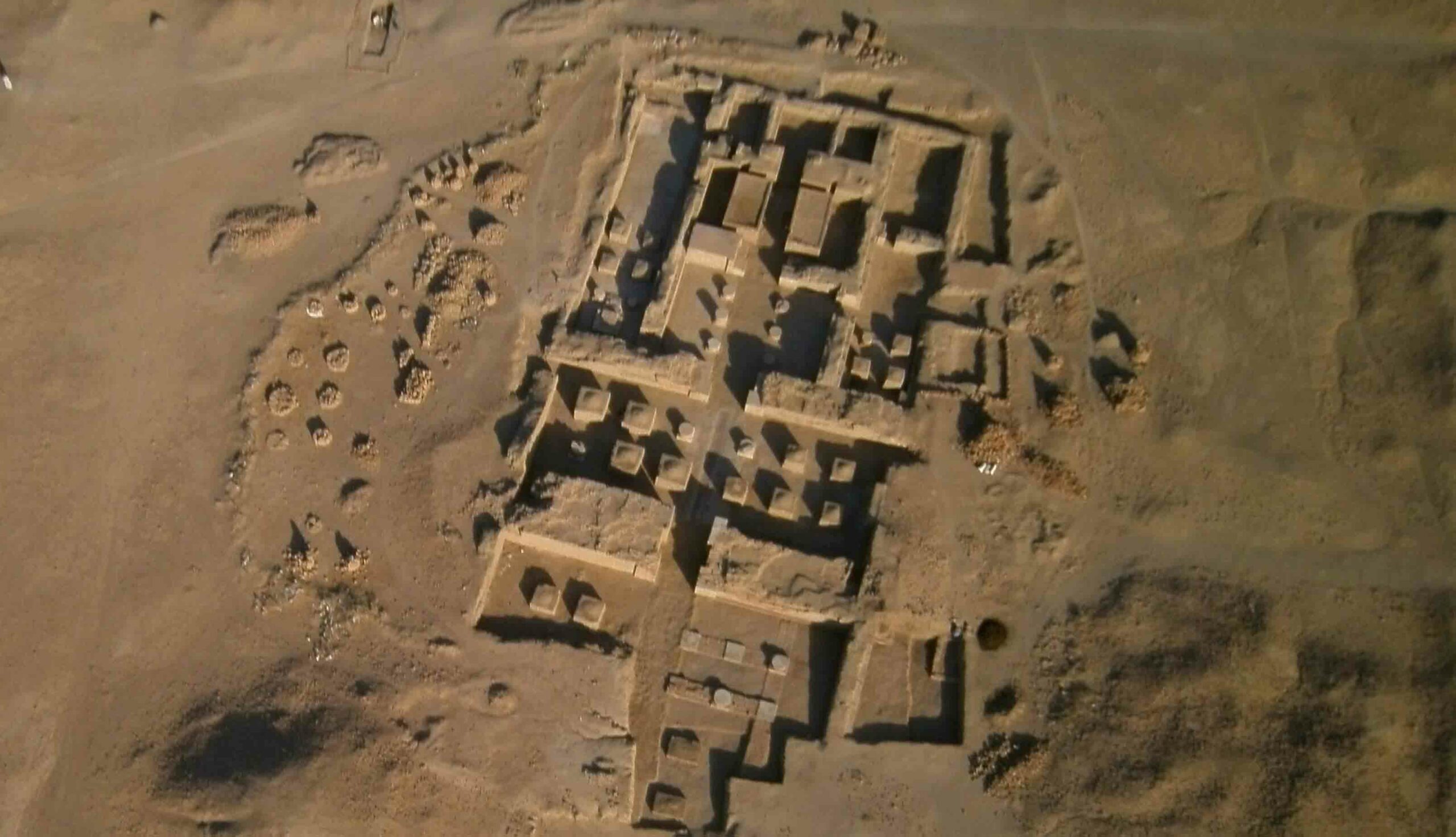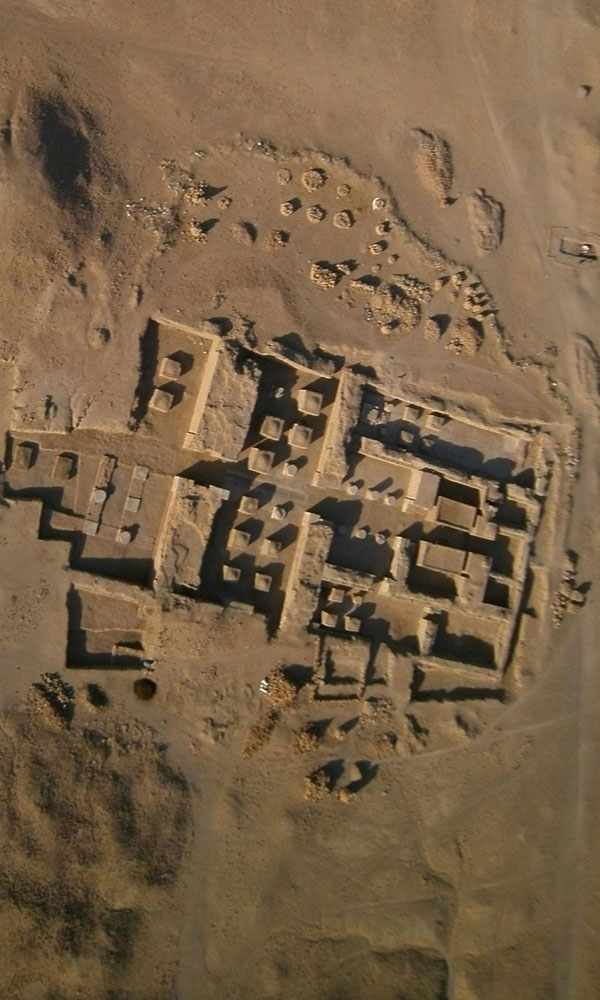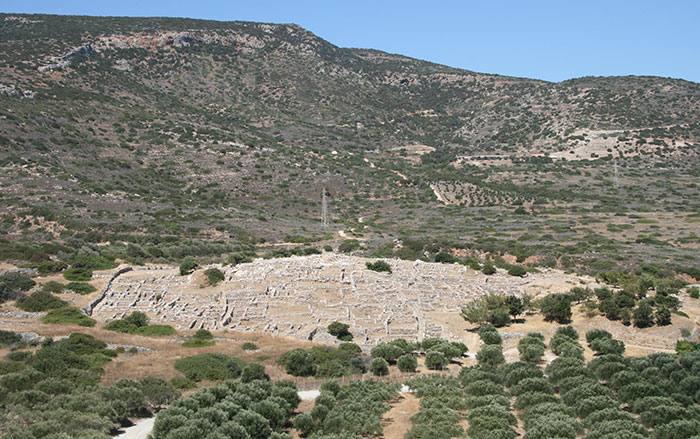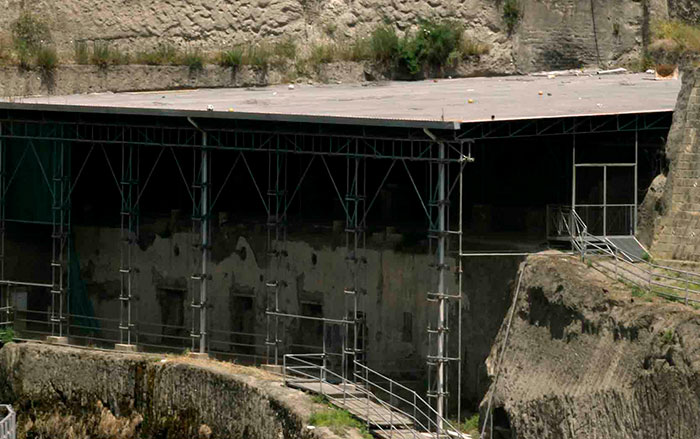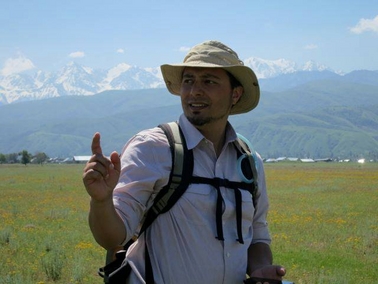
TEMPE, ARIZONA—Isaac Ullah of Arizona State University, Ian Kuijt of the University of Notre Dame, and Jacob Freemann of Utah State University combined existing research on the origins of agriculture with dynamical systems theory (DST) to try to understand what propelled humans to shift from hunting and gathering to farming. This shift has been difficult for scientists to study because it happened at different times in different places with different crops and animals. “DST tells us that there ought to be some combinations of subsistence behaviors and environmental characteristics that are generally stable and some that aren’t,” Ullah said in a press release. The analysis showed that resource density, mobility, and population size are important variables that can be influenced by social and environmental conditions. “It is this specific insight that may help to explain why the transition to food production happened in some times and places but not in others, why it happened so differently in all these places and at different times and rates,” he said. To read about technology dating to this era, go to "The Neolithic Toolkit."


